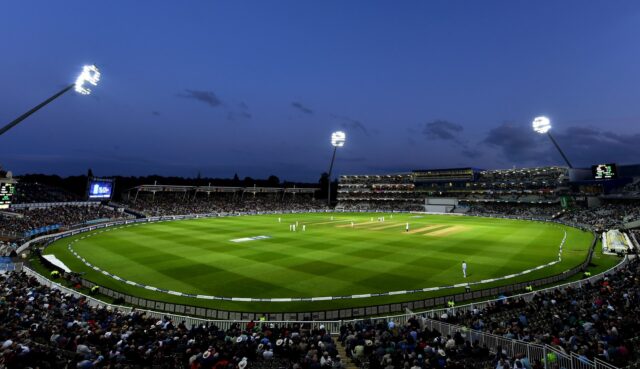
In the past, floodlights of almost all the sports stadiums were lit up by using HID bulbs. Now, most stadiums have replaced them with LED floodlights, as they clearly offer more advantages in many ways. The cost of delivering quality lighting is far more inexpensive than the outdated HID bulbs.
LED lighting is very quickly turning out to be a dominant player in the arena of sports lighting. Being energy efficient and highly durable, LEDs clearly justify their extensive use. For any kind of outdoor use, they are 35% to 50% better than HID bulbs.
A lot of research and development are conducted on LED lights to better capabilities. They are also manufactured in huge volumes across the world, which explains their low cost. The reason why most people don’t change over to LEDs for outdoor sporting applications is that they are not used as extensively.
Any collegiate gymnasium (indoor) generally may operate for about 4,300 hours in a year, if they run for 12 hours a day, and for seven days in a week. On the other hand, outdoor sports fields have a small fraction of lighting demand. They are of no use for the day games, and not many day-and-night matches are being played.
Most of the sporting venues with outdoor facilities, particularly at the recreation level, will be lucky to run for about 300 hours/year. So the cost of ownership does not return investment against the cost for many years. Visit LEDLightExpert.com for the best-LED buying guides that you can select the right kind of LEDs for your stadium.
1. About stadium lights
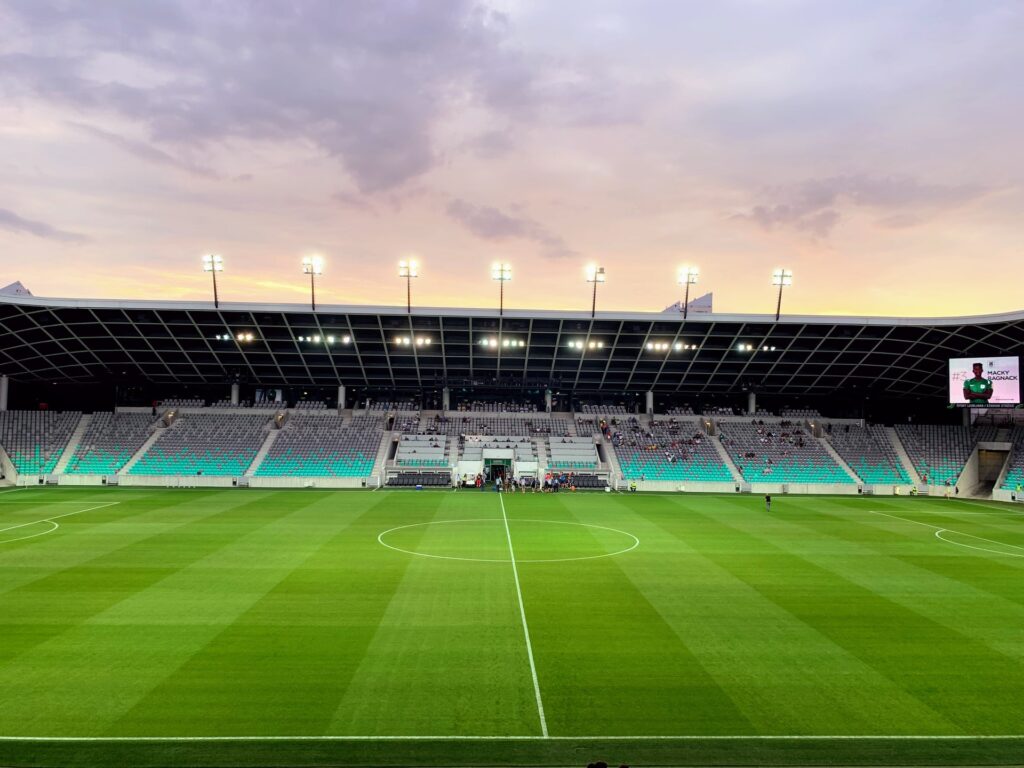
They are powerful focus lights that are mounted on tall towers as per the requirements. The angles of the beams are lesser (12° to 60°). With such low beam angles, you get higher light intensity on the focus points.
Based on the venue size and shape, these stadium lights can be mounted at appropriate heights. Beam angles may vary based on the height. Some floodlight towers are about 25 ft in height, but in most sporting venues, the towers for mounting floodlight are 40 to 60 ft in height.
Few big stadiums that host major sporting events have floodlights mounted even at the heights above 100 ft. They use more powerful lights to cover the entire ground from that height. It is truly marvelous just to look at those magnificent structures.
Most of the street and parking lights will have poles of 20-30 ft heights. These lights have significantly wider beam angles. On the ground level, they give the luminaire of 10 to 20 foot-candles.
In addition to being highly dynamic and energy-efficient, LED can be controlled quite easily. That way, they have fast grown as # 1 choice for all types of stadium lighting. They are used extensively in stadiums that cater to sports like baseball, football, basketball, soccer, etc.
2. Sports lighting innovations:
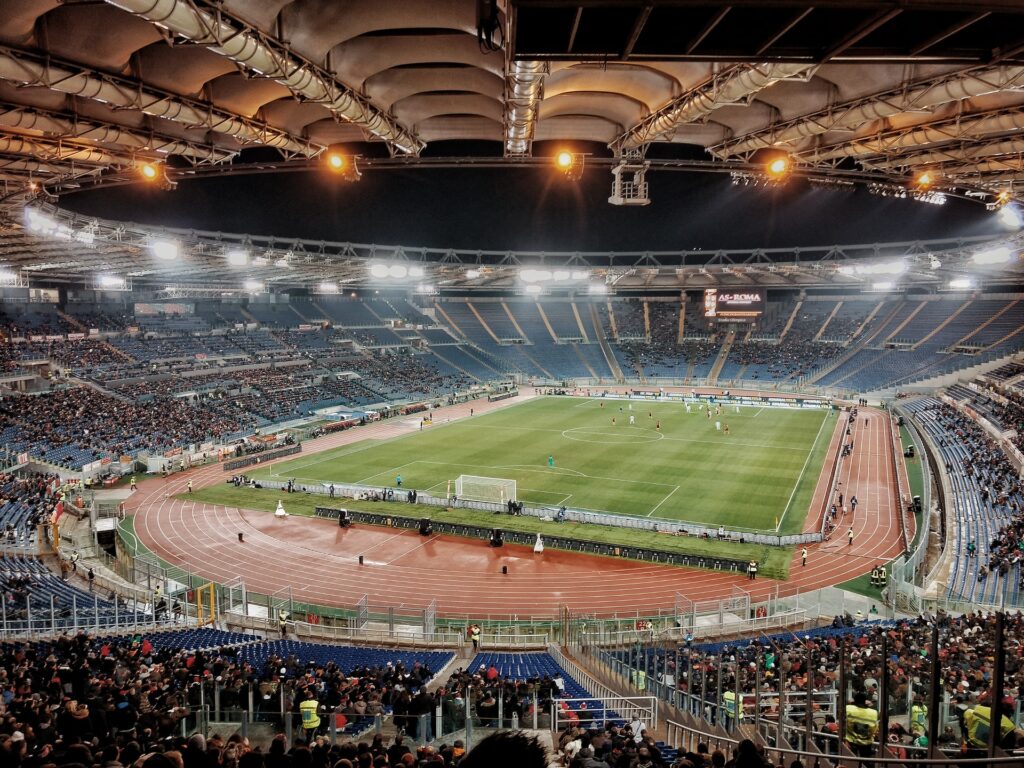
Olympic Games were first hosted by Greece and was the first official event that hosted overseas players. However, the legendary Olympic torch of those days was mostly symbolic and did not actually allow for playing night games.
It became customary to keep them burning throughout the event, and this symbolic gesture is kept alive even to this day. They did not have night lighting facility those days, until Thomas Edison’s discovery of electric bulbs. That is why the games had to be stopped when the visibility started diminishing late in the evenings.
Night games became a possibility in 1879 after the invention of incandescent bulbs. It built a great deal of trill and enthusiasm in the sporting circles.
Early floodlights were obviously not as efficient as sports lighting of the present day. History was made in 1880 when the very first night baseball game was hosted. Night football was first attempted in 1892, but the game was interrupted because the lights malfunctioned while the game was on.
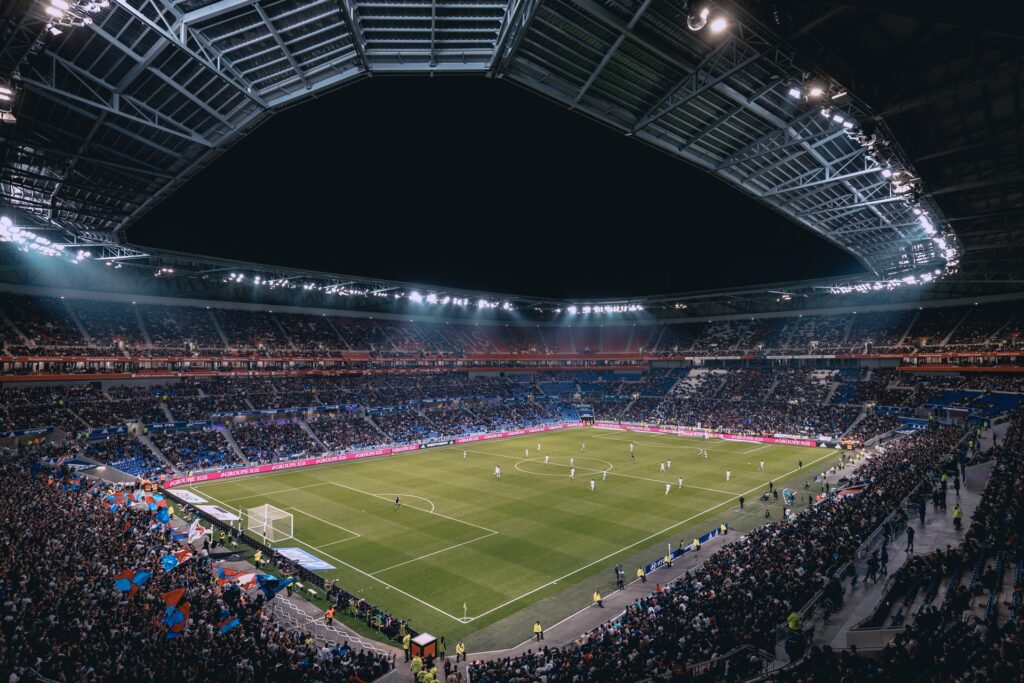
At that time, electric bulbs were improved by using tungsten filament, which made them illuminate better than the first types made of carbon filaments. It also helped in improving the durability of the bulbs. Thereafter, many stadiums started using these bulbs for their floodlights.
Providence Steam Rollers played Chicago Cardinals played the first NFL night match played in 1929. They used the white color balls to improve the visibility for the players while being played under the artificial lights.
In the year 1930, many teams and leagues went bankrupt because of economic depression. Day games did not attract working Americans because they had to lose out of their pay for that day. This prompted the MLB teams to equip their stadiums with floodlights so that people could come and enjoy the games after their work.
The game changed by using metal halide lamps/LEDs
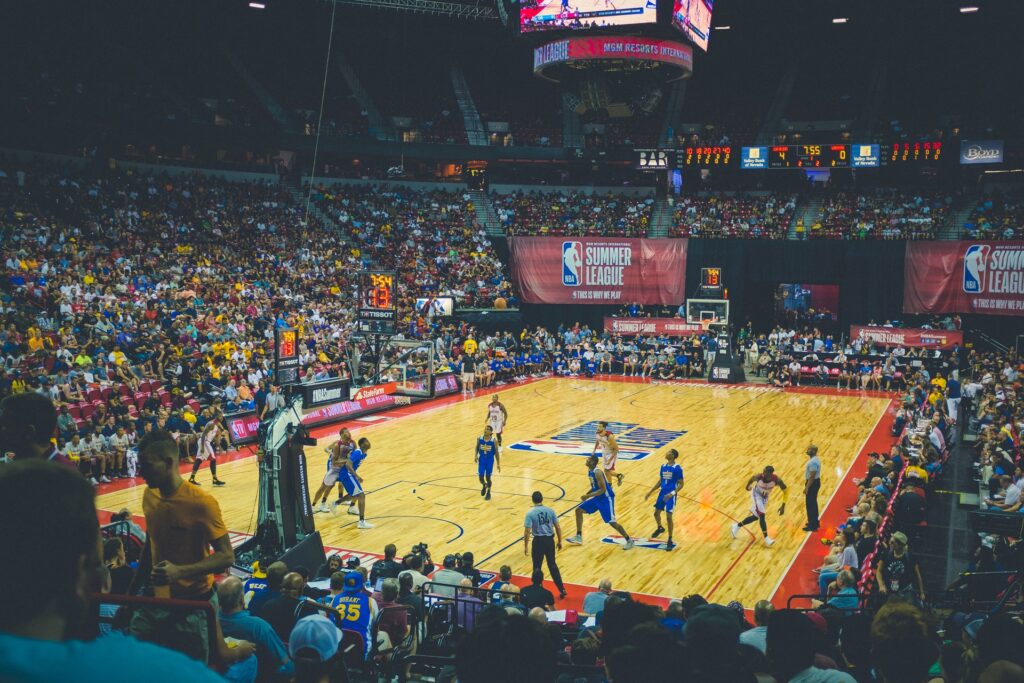
The invention of Metal-halide lamps in 1962 helped in improving the quality of floodlights. They were preferred over incandescent bulbs as they helped in creating neutral and pleasant lights.
During the same year, LED lights were first developed with red diode. They were later improved with blue diodes for creating white light, but they were commercially available only after 1990.
All the following developments have taken place in various sports lighting since 1990 advent of white LED:
- 1992 – In 1992, Charlotte Motor Speedway was the first track that installed lighting for hosting night races.
- 2008 – MLB partnered with NRDC for going green. They pioneered the Energy and Environmental Design certification for reducing the carbon footprint of the league. They worked towards making more arenas sustainable for playing sports.
- 2012 – War Memorial Stadium had contracted the Eaton’s Ephesus Lighting and became the first professional hockey team in the USA to install LED light. LED lights made the stadium much brighter and vibrant. The next day, Forbes had reported that the stadium saved 75 to 85% energy costs, with an 87% reduction in consumption of energy.
- 2015 – Seattle Mariners became the first MLB team who incorporated LED stadium lighting in their Safeco Field.
- 2015 – Glendale stadium, in the University of Phoenix, Arizona, made its history as the first venue for National Football League, who adopted LED lighting. This stadium also played as host for the Super-bowl XLIX in that year. The first football championship was played under LED lights.
LEDs have now become the best sports lighting solution for the future.







